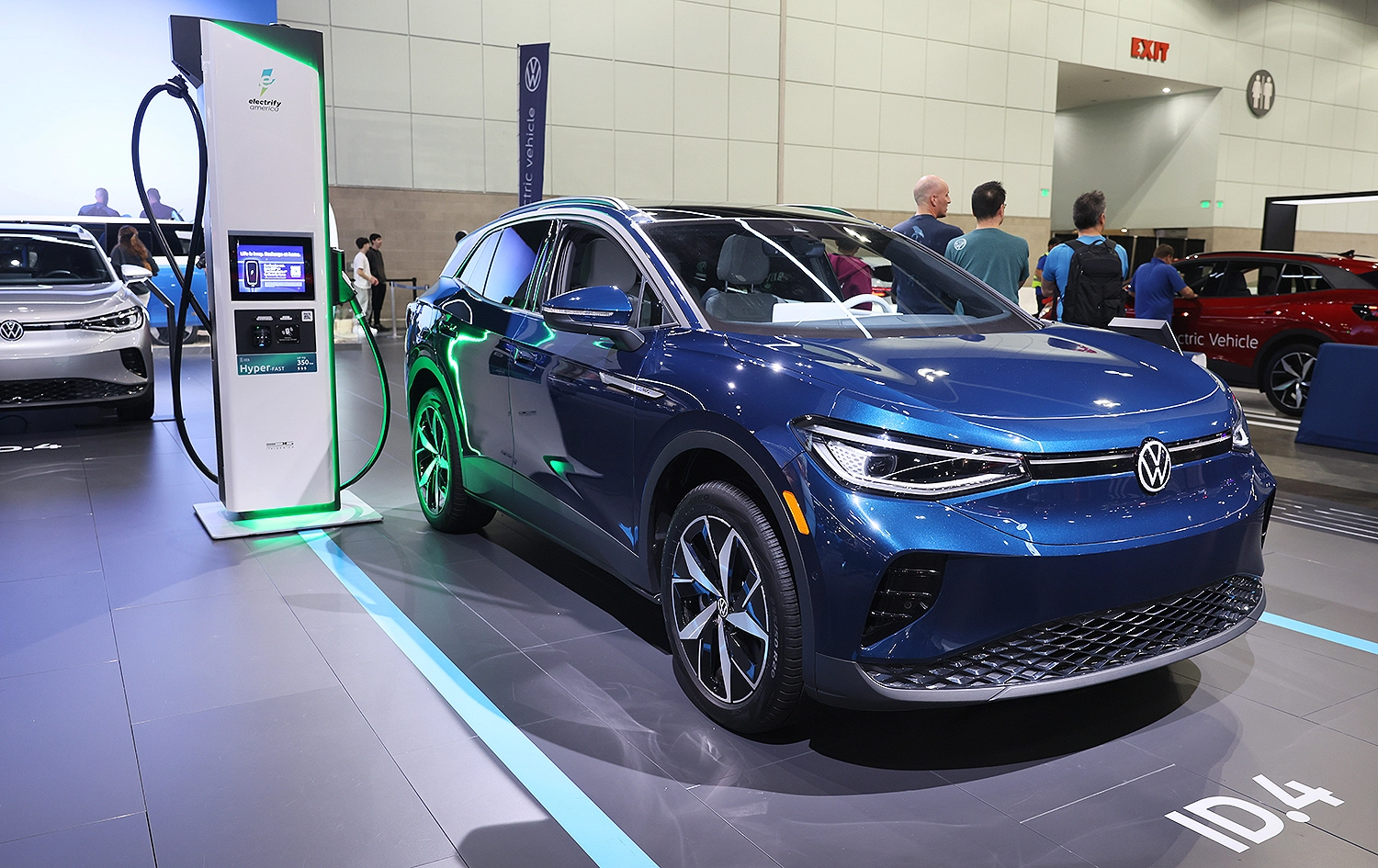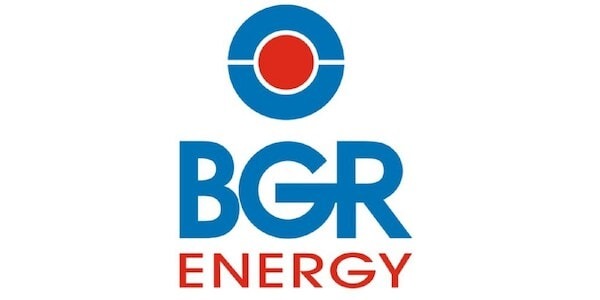 Image Source: CQ Press - Sage Publishing
Image Source: CQ Press - Sage Publishing
The rapidly growing transition to electric vehicles (EVs) is poised to fundamentally transform the global auto component sector, says a new report by Ambit Capital. While makers of conventional internal combustion engine (ICE) components are increasingly facing existential threats, the EV revolution is opening up huge opportunities for those willing to shift to advanced technologies.
As EV uptake accelerates, particularly in regions such as India, the content per vehicle will increase, creating new revenue opportunities for suppliers. The report points out that although the disruption threatens ICE-reliant manufacturers, it also creates demand for EV-specific parts like lithium-ion batteries, traction motors, controllers, and battery management systems (BMS).
Whereas EV disruption threatens existential danger to the suppliers of ICE-based components, it presents a number of opportunities for the component suppliers to supply EV components such as li-ion batteries, traction motors, controllers, BMS etc.," states the report.
Advanced Technology Drives New Growth
EVs are increasingly adopting cutting-edge technologies-from regenerative braking and intelligent cockpits to advanced driver-assistance systems (ADAS)-which further increases the demand for specialized components. This technological shift is likely to raise the importance of suppliers in the automotive value chain, with higher demand for wiring harnesses, electronic control units (ECUs), and differential assemblies.
Industry Faces Challenges Amid Transition
Even with the encouraging prognosis, the report cautions that most EV components remain imported, heightening competition and putting pressure on local suppliers in the initial phases of the transition. The automotive component sector also encounters external headwinds such as the USMCA/tariff regime, economic fragility in the EU, and competition from Chinese producers. These would constrict margins, especially for export-dependent suppliers.
Furthermore, the rise of EVs means that nearly 100 traditional ICE parts could become obsolete, forcing suppliers to rethink their portfolios and invest in new capabilities. While larger firms may adapt, smaller players could struggle to survive the upheaval.
Hybrid Vehicles Offer a Transitional Opportunity
The study also identifies hybrid cars as a strategic chance for engine component suppliers. By creating components that are hybrid system-compatible, suppliers can fill the gap between ICE and pure electric vehicles, staying in the game throughout the current transition.
India's EV Penetration on the Rise
India's EV market is likely to expand exponentially, with the penetration of electric two-wheelers set to increase from 6.3% in FY25 to 21% by FY29, and electric passenger cars from 2.6% to 10.4% during the same timeframe. The electric three-wheeler market is likely to surge from 22.9% to close to 68% by FY29, highlighting the magnitude of change happening.
Sources: Economic Times, Mathrubhumi, EVJoints, ESI Group, Cognitive Market Research, Viva Technology
Advertisement
Advertisement






